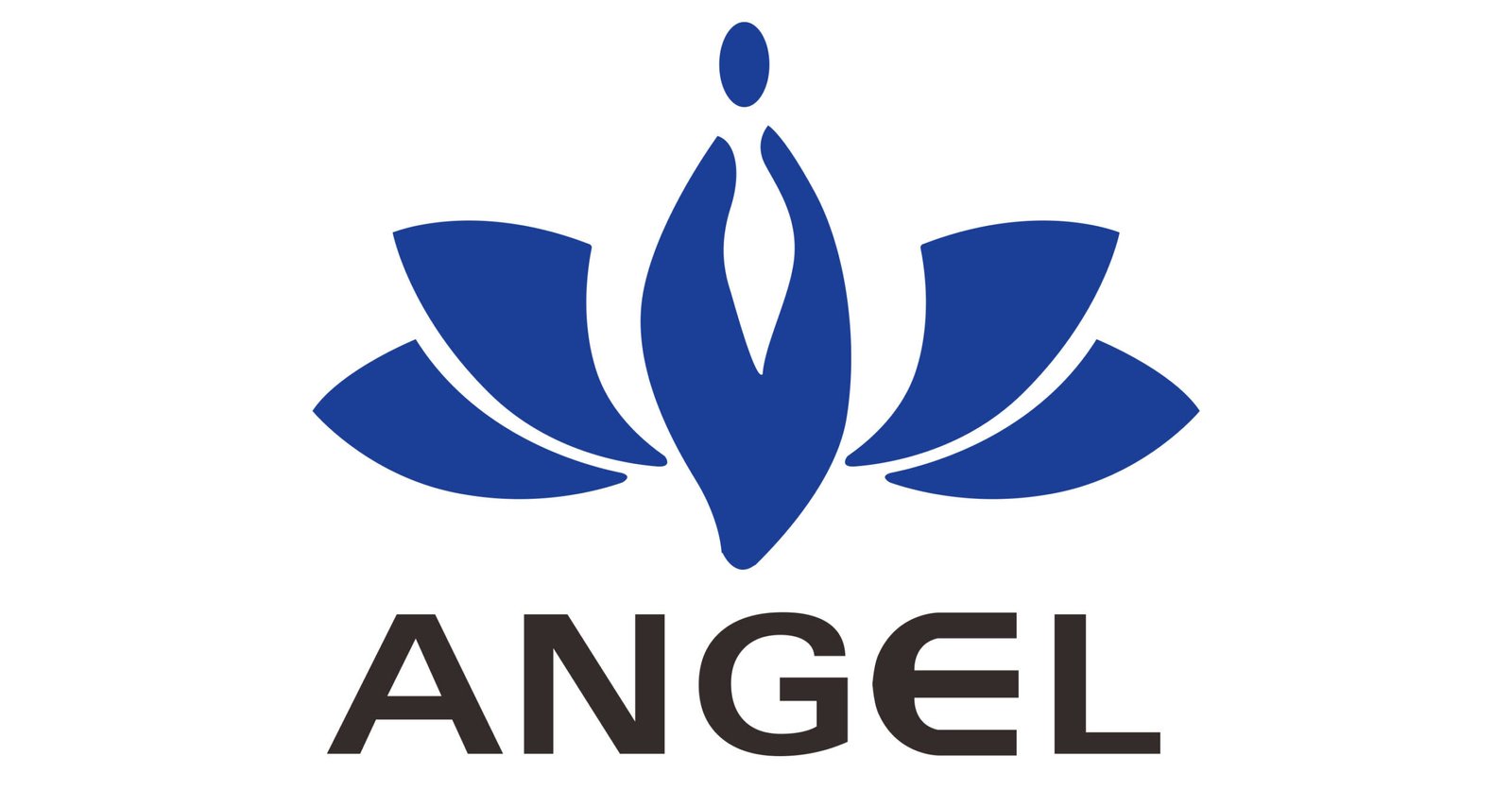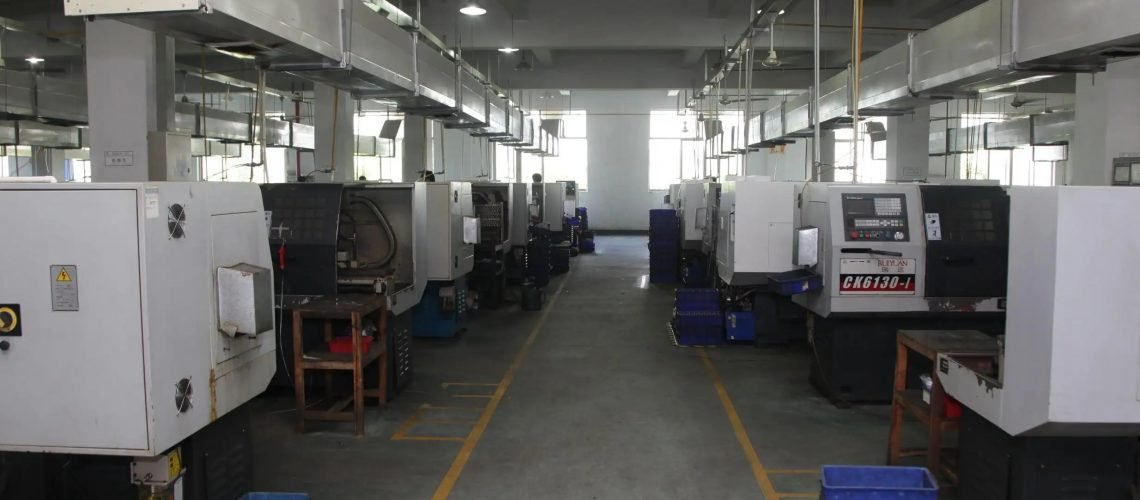(1) attention to regular calibration and detection
Toxic and harmful gas detector with other analytical instruments are determined by the comparative method: after the instrument was calibrated using a zero gas and a standard concentration of the standard curve is obtained and stored in the instrument, measurement, electrical instruments will be tested gas concentrations produced the signal with the standard concentration were compared, calculated the exact value of the gas concentration. Therefore, the calibration of the instrument at any time and the regular calibration of the instrument are essential to ensure the accuracy of the instrument. What needs to be explained is that many gas detectors are able to replace detection sensors at present. However, this does not mean that a detector can be equipped with different detectors at any time. Whenever the probe is replaced, it is necessary to recalibrate the instrument in addition to the necessary time for the activation of the sensor. In addition, it is suggested that before the use of all kinds of instruments, the instrument can be tested with the standard gas in response to ensure the accuracy and effectiveness of the instrument.
- Attention to detection interference between different sensors
In general, each sensor corresponds to a specific detection gas, but any one of the sensors is not absolutely specific. Therefore, when selecting a gas sensor, we should understand the interference of other gases to the sensor as far as possible, so as to ensure its accurate detection for specific gases.
All kinds of gas sensors have a certain service life, that is, life. Generally speaking, the portable instrument, a long life of gas sensors, can generally be used for about three years; photoionization detector for a lifetime of four years or longer; specific electrochemical gas sensor life is relatively short, usually in one to two years; the oxygen sensor has the shortest life, probably in about a year (life depends on the electrochemical sensor in which the electrolyte dries up, so if not used for a long time, the sealing in low temperature environment can prolong the service life of certain). Because of the relatively large volume of the fixed instrument, the life of the sensor is longer. Therefore, it should be used as much as possible in the validity period of the sensor, and if it fails, it should be replaced in time.
- pay attention to the measuring range of the concentration of the instrument
All kinds of toxic and harmful gas detectors have their fixed detection range. The accurate measurement of the instrument can be ensured only if the measurement is completed within the range of its measurement. It is possible to cause permanent damage to the sensor by measuring the range beyond the measurement for a long time.
For example, a flammable gas detector, if used inadvertently in an environment exceeding 100%LEL, could completely burn up the sensor. And the toxic gas detector, for a long time working at a higher concentration, can also cause damage. In order to ensure the safety of the sensor, the measuring circuit should be shut down immediately when the fixed instrument is used. In a word, the toxic and harmful gas detector is a powerful tool to ensure the safety of industry and the health of the workers. We should choose the appropriate gas detector according to the specific environment and the functions needed. At present, the detectors we can choose include fixed / portable, diffuser / pump suction, single gas / multi gas, inorganic gas / organic gas and so on. Only by choosing the right instrument of gas detection can we get twice the result with half the effort and prevent it.


